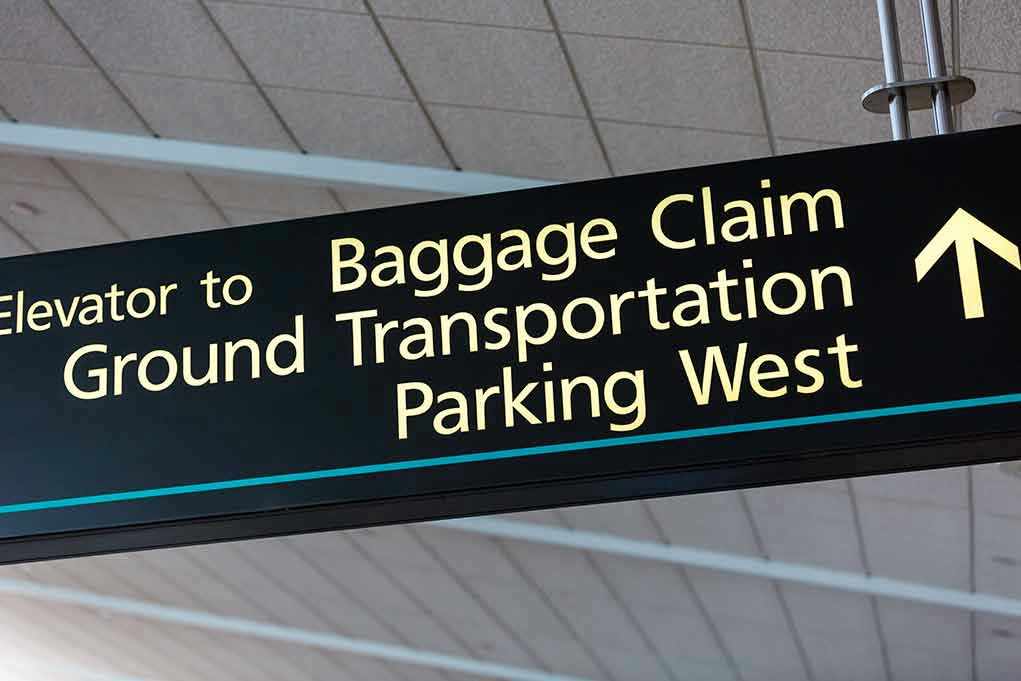
A hazardous materials scare brought Heathrow Terminal 4 to a standstill, raising urgent questions about airport safety, emergency preparedness, and government accountability in a world where rapid response is critical to protecting the public.
Story Snapshot
- Heathrow Terminal 4 was evacuated due to a suspected hazardous materials incident, causing major disruption.
- Specialist emergency crews responded swiftly, and the terminal was declared safe and reopened within hours.
- Hundreds of passengers faced delays, missed connections, and travel uncertainty.
- The incident highlights the need for strong security protocols and transparent crisis management at major transportation hubs.
Swift Emergency Response at Heathrow Terminal 4
Heathrow Airport’s Terminal 4 became the center of a full-scale emergency when a “possible hazardous materials incident” forced authorities to evacuate the check-in area. London Fire Brigade received the first call at 17:01 BST, and specialist hazardous materials teams were quickly dispatched. Passengers were moved approximately 150 meters away for safety, with privacy screens erected and responders in protective suits visible at the scene. The swift, visible action underscored the seriousness of the threat and the airport’s readiness to protect lives, despite the disruption to travel plans and the anxiety among those present.
The evacuation, which lasted several hours, saw hundreds of travelers and airline staff forced to leave the terminal as authorities assessed the risk. Reports surfaced that some individuals felt unwell, though there was no official confirmation of injuries or the specific nature of the hazard. Operations at Terminal 4 resumed after emergency services declared the area safe at 20:20 BST. Heathrow Airport Holdings and the London Fire Brigade coordinated closely, prioritizing public safety and clear communication, with Heathrow issuing apologies for the disruption and urging passengers to check with airlines for updates. The incident also caused delays to some train services, including the Heathrow Express, compounding the inconvenience for travelers.
Impact on Passengers, Airlines, and Airport Operations
The immediate effect of the Terminal 4 evacuation was widespread: flights were delayed or canceled, and hundreds of passengers faced missed connections and uncertain travel plans. Airlines operating from the terminal struggled with operational challenges and customer service issues, attempting to assist stranded travelers. The financial fallout included lost revenue and potential compensation claims, while the social impact was felt in heightened anxiety and diminished confidence in airport safety protocols. For many, the incident served as a reminder of the vulnerability of major transportation hubs and the importance of robust emergency procedures—something conservative audiences have long valued as essential to national security and public order.
In the longer term, the event is likely to prompt a review and strengthening of hazardous materials protocols at Heathrow and other airports. It also raises questions about transparency and accountability in crisis management, as the exact cause of the incident has yet to be publicly disclosed. Political scrutiny over emergency preparedness and the adequacy of current procedures is expected, with stakeholders—including passengers, airlines, and emergency personnel—demanding clear answers and improved safeguards. For conservative readers, this incident is a stark illustration of the need for competent leadership, responsible policy, and a commitment to protecting American and allied interests in a world of unpredictable threats.
Lessons for Security and Crisis Management in a High-Risk Era
Industry experts emphasize that erring on the side of caution is vital in any suspected hazardous materials incident, especially at international airports with high passenger volumes. The rapid deployment of specialist teams and effective evacuation demonstrated strong protocols, yet some debate remains over whether the disruption was disproportionate given the eventual outcome. Academic voices highlight the necessity of such incidents as real-world preparedness drills, and the quick resolution at Heathrow stands as a testament to lessons learned from previous scares. Still, the lack of disclosed details about the hazardous material leaves lingering concern among the public and policymakers.
Heathrow terminal check-in evacuated over ‘incident’: airport https://t.co/9n5AAaS6IS
— Inquirer (@inquirerdotnet) September 8, 2025
Major UK news outlets, including The Independent, ITV News, The Telegraph, and Sky News, provided consistent accounts of the event, confirming the timeline and nature of the emergency response. The absence of contradictory reports suggests sound coordination among authorities, but the public’s demand for transparency about risks and causes remains. As airports worldwide continue to face evolving security challenges, Heathrow’s incident reinforces the conservative call for vigilant oversight, minimal bureaucracy, and policies that put safety and common sense ahead of political agendas. The event serves as a warning that preparedness and accountability must never be compromised, even as governments seek to streamline operations and reduce federal overreach.
Sources:
Possible hazardous materials incident at Heathrow Airport as Terminal 4 closed – ITV News
Heathrow Terminal 4 evacuated in hazardous materials scare – The Telegraph
Heathrow airport terminal evacuated as emergency services respond to incident – Sky News

